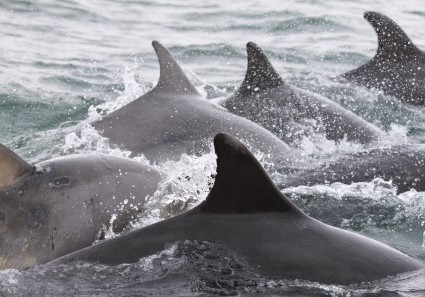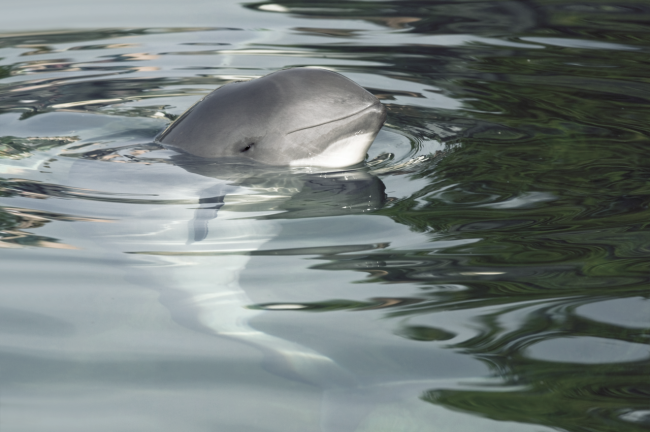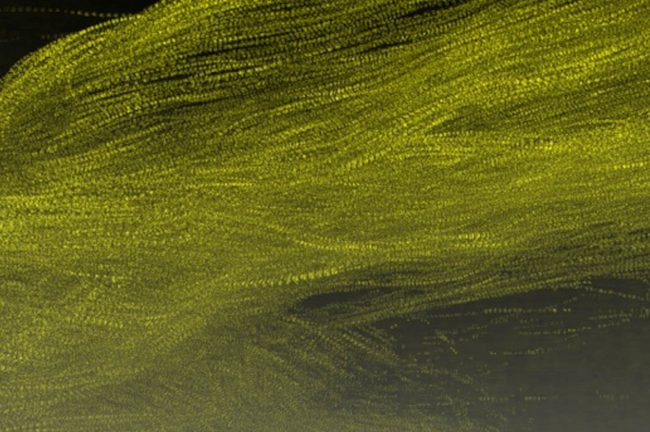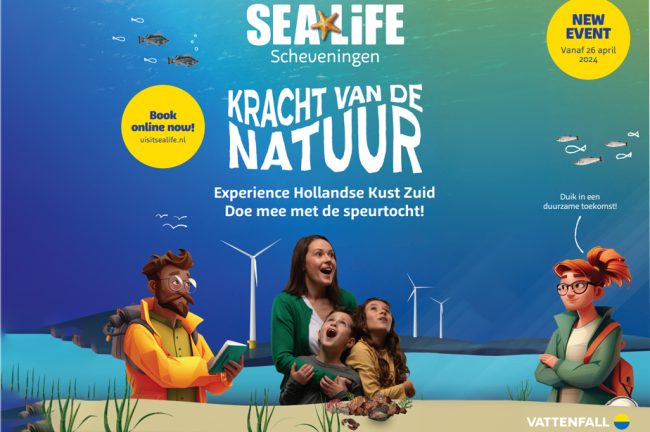In the coming years, more and more wind farms will arise along the Dutch coast. Because of the shallow depth and strong winds, the North Sea is very suitable for offshore wind energy. Vattenfall’s position is nevertheless that the construction and operation of wind farms should not be at the expense of biodiversity. That is why research teams are working hard to increase the knowledge base on the impact of offshore wind farms.
Currently little is known about the influence of wind farms on animal populations, says Vattenfall ecologist Jesper Kyed Larsen. “We would like to support the discussion about offshore wind farms with more thorough knowledge. We can do this by conducting several research projects. These help to predict the precise impact of offshore wind farms and determine the measures we can take to minimize the impact.” Fellow Vattenfall ecologist Lasse Fast Jensen adds: “Vattenfall is ambitious in terms of nature conservation. We believe we have a responsibility to help the transition towards renewable energy.”
Minimizing noise for porpoises
A recently completed research project is DEPONS. Together with the University of Aarhus in Denmark, Vattenfall has studied to what extent the harbour porpoises suffer from underwater noise during the construction of the offshore wind farms. “This study shows that the effects are mainly temporary,” says Larsen. “We have gathered a lot of knowledge and have developed a tool which can calculate the noise impact. These insights are not only useful for Vattenfall, also governments can use these for decision-making purposes regarding offshore wind.” Jensen adds: “The measures are well documented and efficient. Around the location where we build the foundation for the wind turbine, we place a hose through which air is blown. This creates a kind of curtain of air bubbles, which reduces the sound levels. During the works, we monitor whether the noise remains below the permitted values.”
Noise levels can also be reduced by new piling methods Vattenfall is studying and conducting pilots with. This is done in close collaboration with other companies and industries, for example within the BLUE Hammer project.
Sea birds and bats
In the European Offshore Wind Deployment Center off the coast of Aberdeen in Scotland, Vattenfall and stakeholders are examining how animal habitats can be optimally taken into account in the wind farm design. Larsen coordinates the research programs that focus on salmon, trout, seabirds and dolphins. Earlier this year, the research center received the Nature of Scotland Award for sustainable development. “We learn a lot about the behaviour of these animal species. For example where seabirds breed, how they fly and even how they collide with the rotor blades. This is also important for the Dutch offshore wind farms. More knowledge allows for improved design and less impact on animals.”
Dutch offshore wind turbines will be put to a stop during moments of bird migration. “This agreement is part of the permit for Hollandse Kust Zuid”, explains Larsen. This also includes bats, which are a protected species. “During their migration from the Netherlands to England and vice versa, the bats come across the wind farm. We are now testing a device that could keep bats away from the turbine blades, using harmless high level tones. In the future, this might be an important tool to make wind farms more ‘bat-friendly’. Of course we must also ensure that such measures do not harm other animal species.”
Renewed sea life in wind farms
Back to the seabed. Biodiversity in the North Sea has declined significantly in recent decades; in many places, the seabed is completely bare. The construction of wind farms offers interesting possibilities to boost marine life. Together with the Technical University of Denmark, Vattenfall is investigating in which way the wind farms could also function as an artificial reef. Jensen explains: “In order to protect the foundations of the wind turbines against erosion, we apply a so called scour protection, made of stone. By improving this scour protection, various species can benefit from this. For example, small fish can hide here and shellfish such as oysters can attach themselves to the material.”
With this in mind, Vattenfall also supports De Rijke Noordzee. In February of this year, Natuur & Milieu and Stichting De Noordzee received a subsidy – also partly thanks to the declaration of support by Vattenfall and other parties – from the ‘Dream Fund’ of the ‘Nationale Postcode Loterij’. This contribution will for example allow for artificial reef structures to be placed in the offshore wind farms. In addition, oysters and other species are released in these reefs. In that way, living reefs are created where many animal species can settle and develop. The ambition: to use wind farms as nurseries for marine life.
Jesper Kyed Larsen has a master diploma in biology, with a background in research on impacts of wind farms and other human activities on waterfowl. With Vattenfall since 2006 and currently leading the Vattenfall Wind and Environment R&D programme. In this role, he supports offshore projects in all countries managing potential impacts on nature conservation interests, and working strategically with improving the evidence base on such impacts.
Lasse Fast Jensen has a PhD in biology, with a background in research on aquatic ecology and conservation biology with particular focus on population dynamics and consequences of climate change in fishes, bivalves and marine mammals. With Vattenfall since 2017, supporting offshore projects in all countries as well as onshore projects in Denmark.




